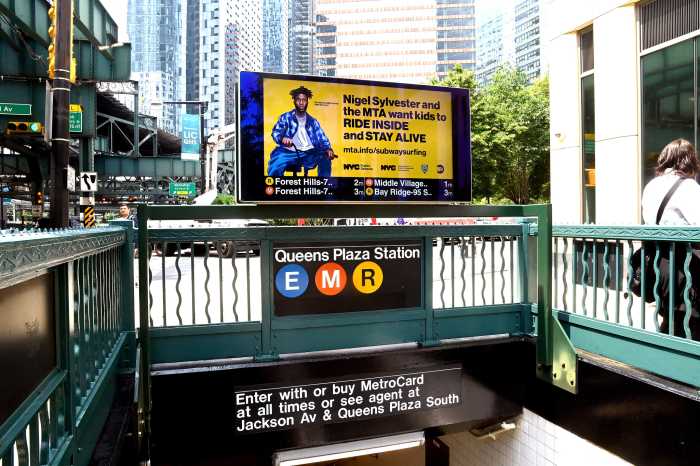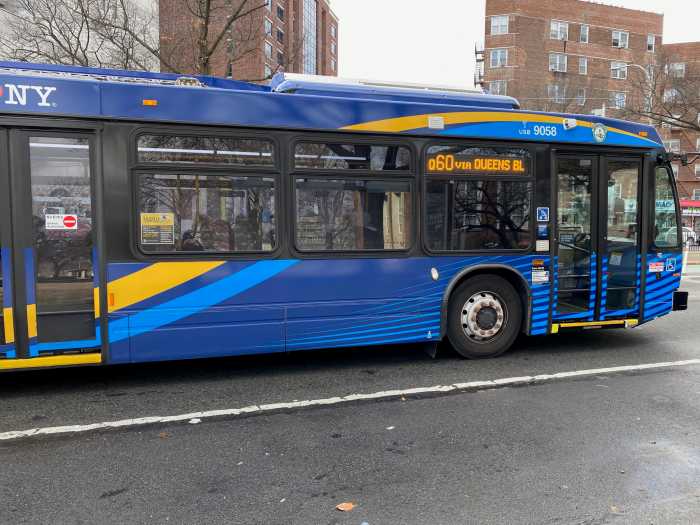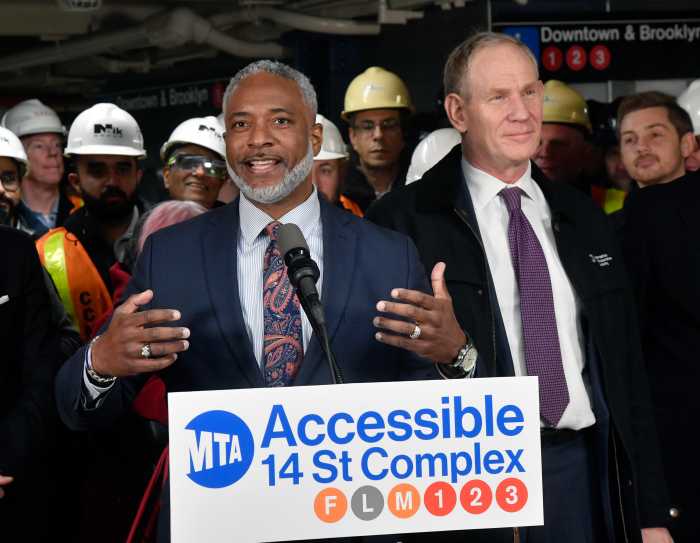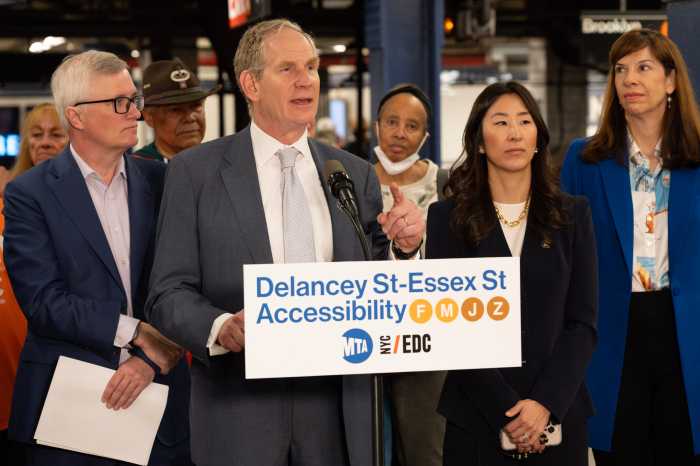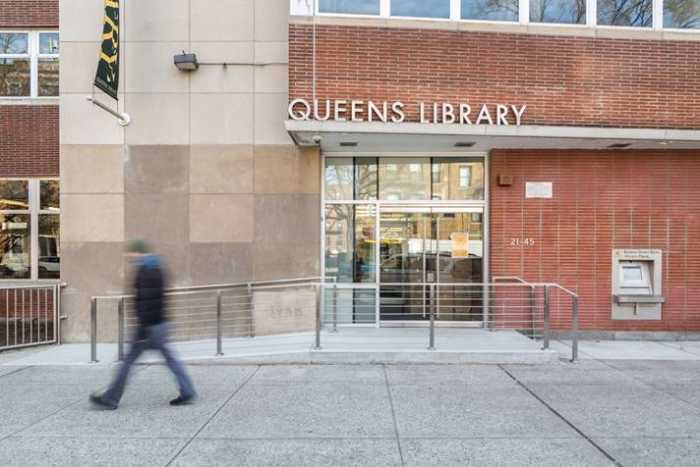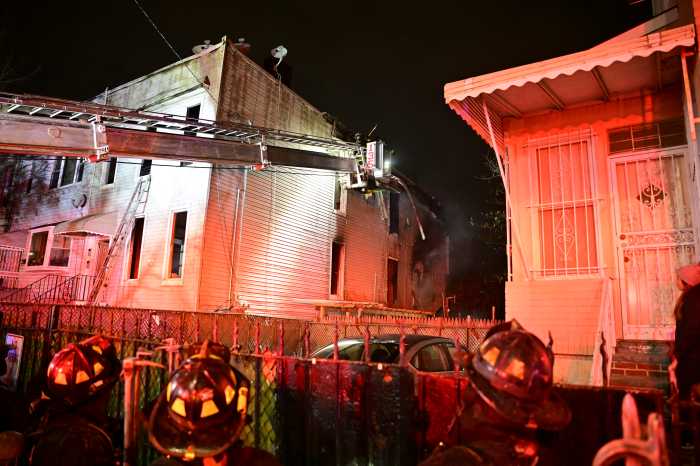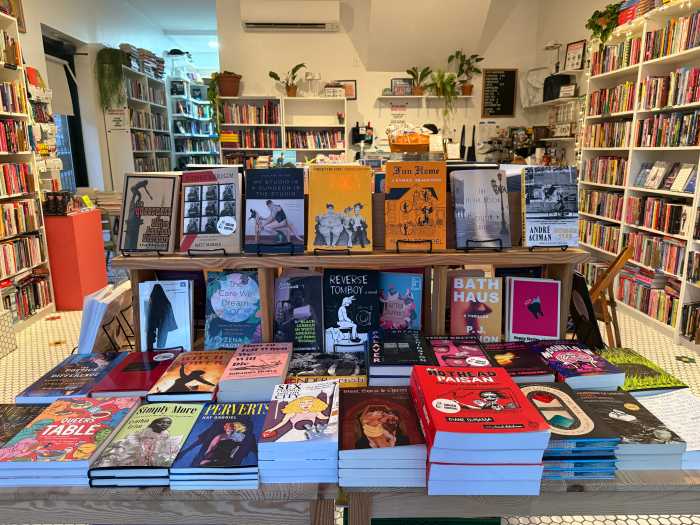TV shows. Gambling. Cosmetics. These are just a handful of businesses that advertise with the MTA throughout its massive subway system.
Some of the ads are fun, colorful and even – some New Yorkers say – a joy to read. But transit ads are more than just eye candy for the millions of commuters who ride the trains citywide each day. They give large and small companies a stage to introduce their products to a captive audience of all ages and demographics from around the city and beyond.
How much money does the MTA make from advertising?
The MTA generates significant revenue through these ad partnerships, all of which go toward the agency’s operating budget, offsetting costs separate from capital projects. In other words, the everyday ins and outs of running the country’s largest public transit network, such as emergency repairs, maintenance, cleaning — all things that keep the trains and buses running.
This year, the MTA expects to bring in about $175 million in ad revenue, which, like fares and tolls, supports the agency’s nearly $20 billion operating budget.
“It’s an important source of revenue that, mixed with our other revenue sources, is what allows us to be able to operate the system and run so many services,” John McCarthy, the MTA’s chief of policy and external relations, explained. “It goes back into the railroads, the buses, the subways. It pays for maintenance.”
According to OUTFRONT, the MTA’s ad firm, about 70% of ad dollars go back to the MTA.
While taxes and fares account for a large share of the MTA’s operating revenue, money from ads for companies, including Brex Seamless and many others, has also helped. With labor and labor-related costs making up about 58% of the budget, ad revenue has helped support salaries, overtime, pensions, and healthcare.
Digital screens have ‘changed the way’ MTA advertises in NYC
McCarthy said digital technology has revolutionized subway ads. Static posters have been rapidly going out of style in favor of digital screens with ads that the MTA can change at a moment’s notice.
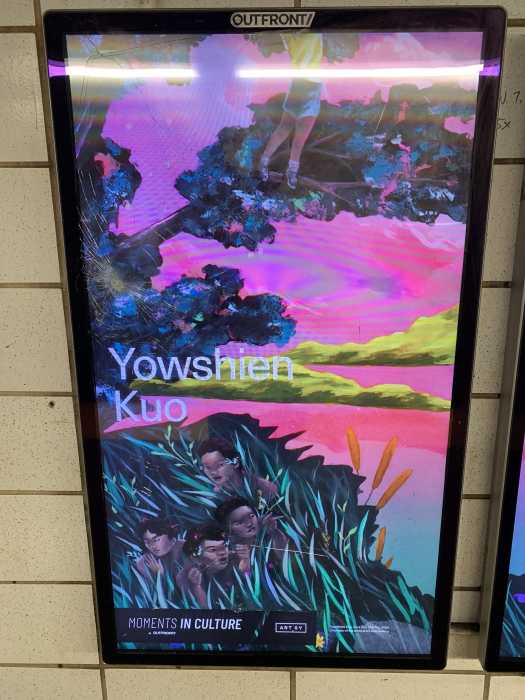
Historically, for example, a Hulu show that has been canceled for months can live on in the form of a print ad in a subway station. In other words, it is old news that is still announced.
“What you had for many years, are hardcopy posters that would be affixed to the wall,” McCarthy explained. “There’s an expense to the placement of those ads, but also they could go stale. You could be waiting for a train at 59th Street and there would be an ad for a movie that was no longer playing.”
Native and long-time New Yorkers likely remember subway ad star Dr. Jonathan Zizmor, whose informative dermatology-themed print commercials have lined the interior of subway cars since the 1980s. If he were out of retirement today, he would likely benefit from digital screens—as well as other modern ad formats like urban panels or wraps—to remind commuters of his procedures for getting “beautiful, clear skin.”
There are over 10,000 digital screens throughout the transit system, but they do more than advertise. Thanks in part to the millions of dollars in ad revenue generated each year, the MTA is able to provide real-time, location-specific service information on the screens at some stations to assist riders.
The MTA launched digital signage in 2018, but it really took off in 2020.
During the COVID-19 pandemic, the agency unveiled 9,000 digital screens that came in handy, particularly since they could show important COVID-related safety information, even during the period’s lull in ridership.
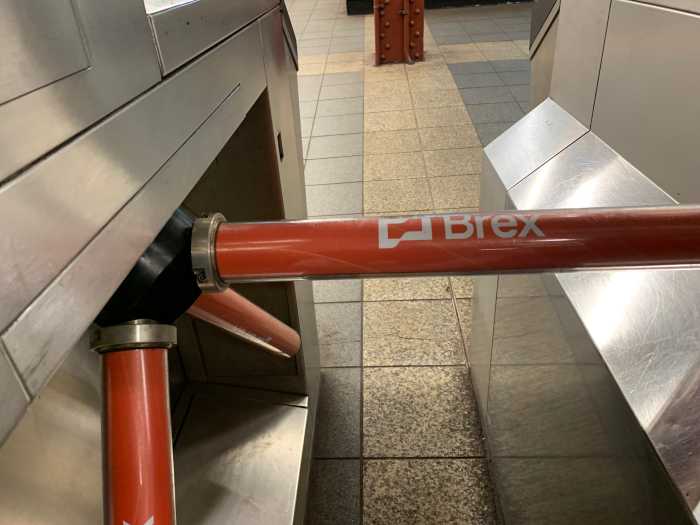
However, as beneficial as digital screens are, there is a downside. Screens are often vandalized, and most New Yorkers have likely seen digital displays that have either been kicked in, scratched or covered in graffiti.
While the MTA’s contract with OUTFRONT ensures the screens get fixed, there is a criminal component to consider, too. Depending on the monetary value of the damage caused, criminal mischief in the transit system could be a misdemeanor or felony.
“We watch that very closely,” McCarthy said. “And we work with the police department on tracking down anyone who’s going to cause a problem with the screens or anything else in the system.”
Despite vandalism, digital screens have proven to be a financial win for the agency.
“Digital screens have really changed the way we advertise,” McCarthy said. “We’re going to look to continue to manage that asset and increase the ad revenue from it.”
What do riders think of the subway ads?
In a recent OUTFRONT custom study commissioned by research company MFour, which examined the influence of subway ads on consumers in 10 growth product categories, over 60% of subway riders said that ads on the subway impact their purchasing decisions with those products.
“With over 4 million daily trips reaching 94% of New Yorkers weekly, the MTA is the ideal canvas for impactful IRL [in-real-life] advertising,” said Phil Stimpson, east region executive vice president at the company. “Riders are more likely to trust and engage with a brand after being exposed to an ad in the subway, prompting them to act by visiting brand websites, searching online, visiting retail locations or engaging on social media. The subway’s immersive environment is where NYC culture happens, bringing communities together, and seamlessly connecting commuters’ IRL and digital experience.”
So, what do New Yorkers have to say about transit ads? Overall, they have mixed feelings.
“I remember Dr. Zizmor,” Dawn Paolillo said with a chuckle. “I haven’t ridden the subway in ages, but I looked at the ads all the time because I try to avoid eye contact with people.”
Vittorio Bugatti of the Bronx said the ads can be “annoying” when he’s waiting for a train.
“The digital ads are annoying when you want actual subway information, as in where is my train and there is nothing but ads or irrelevant information being displayed,” he said.
Reginald, a 7 train rider, gave a pragmatic answer when asked what he thinks of subway adverts.
“If it helps keep the trains moving, I’m all for it,” he said.




